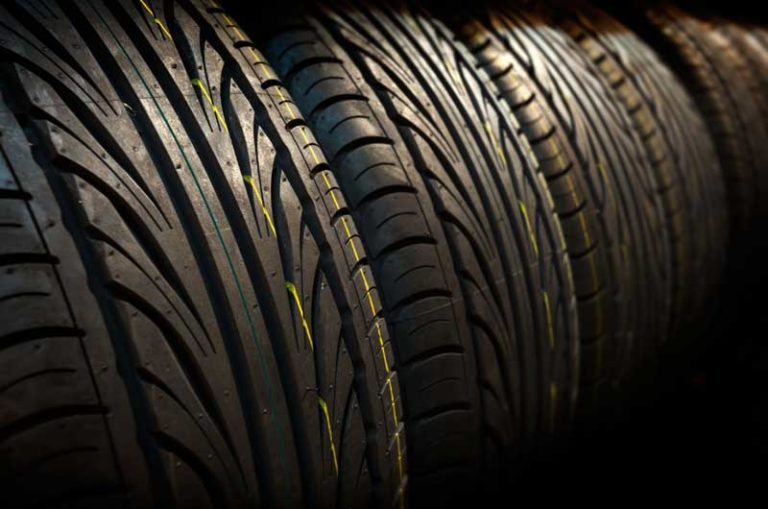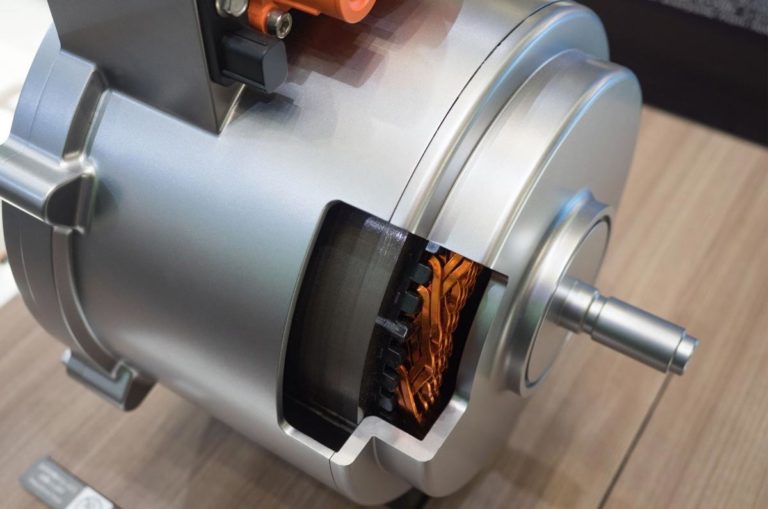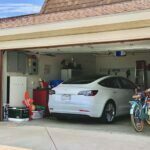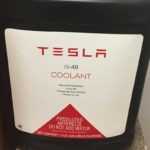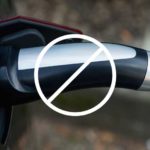A recent study by the University of Michigan Transportation Research Institute found that people experience less motion sickness in autonomous cars than in conventional cars. This may be because autonomous cars have a smoother ride, thanks to their ability to anticipate sharp turns and sudden acceleration. But are EV’s more prone to make you motion sick?
Electric cars can make you sick as they are more likely to cause motion sickness than standard cars. The fast acceleration and instantaneous brakes are two major reasons riders get nauseous. The autonomous driving mode also contributes by making sharp turns, sudden accelerations, and abrupt braking.
In this article, I’ll give you a complete breakdown of motion sickness related to electric cars. You’ll learn what causes motion sickness, why it’s more common in electric vehicles, and finally, what you can do to prevent it.
- The Causes of Motion Sickness
- Symptoms of Motion Sickness
- Can Electric Cars Make You Sick?
- 9 Tips To Prevent Motion Sickness in EVs
- 1. Call Shotgun When Traveling With Other People
- 2. Take Regular Motion Breaks
- 3. Try Products Designed To Reduce Car Sickness
- 4. Take A Test Drive First
- 5. Slow Down Acceleration And BrakIng
- 6. Look Out Of A Window
- 7. Shut Your Eyes And Take A Nap
- 8. Roll Down The Windows
- 9. Watch What You Eat
- 10. Consider Medication
- How Electric Car Manufacturers are Addressing the Issue of Motion Sickness in their Designs
- Are Specific Age Groups More Susceptible to Motion Sickness in Electric Vehicles?
The Causes of Motion Sickness
You might not believe it, but scientists still don’t know the exact reason behind motion sickness. But there is a credible theory revolving around mismatched sensory signals.
When riding in a car, especially if you’re reading a book, your eyes will tell your brain that you’re stationary. However, your vestibular system will pick up the acceleration & turns made by the car and signal the brain that you’re in motion. This mismatch in signals will trigger motion sickness.
But why, though? Why does the brain trigger a sense of nausea after receiving mixed signals? What’s the benefit?
Well, the theory stands that our ancestors only experienced mismatched sensory signals if they ingested particular poisonous food – particularly neurotoxins. As a result, the body developed an evolutionary defense mechanism of vomiting if it noticed any such mismatched sensory signals.

Now, automotive-based locomotion has only been around for a few decades which is nothing compared to the millions of years of human evolution. The human body is yet to adapt to the experience of “driving” and treat it as a benign phenomenon.
Symptoms of Motion Sickness
So what are the symptoms of motion sickness, and how common is it?
According to research done by Euro Car Parts, around 2/3s of participants experienced nausea, and ⅓ ended up vomiting. Other common motion sickness symptoms were:
- Sweating
- Paleness of the skin
- Dizziness
- Headaches
- Shortness of breath
- Yawning
Here’s a great 3-min YouTube video from TED-Ed talking about the mystery of motion sickness:
Can Electric Cars Make You Sick?
Motion sickness can result from traveling in both EVs (Electric Vehicles) and standard ICE (Internal Combustion Engine) cars. However, users have reported getting more nauseous while riding in EVs than in ICE cars.
Why Motion Sickness is More Common in EVs Than ICE Cars
Motion sickness is more common in electric cars than ICE cars mainly because EVs accelerate more quickly, can brake abruptly, make unexpected turns, and they often have backward-facing seats. All these factors can trigger nausea and make you sick.
I’ve put together a short table going over how EVs compare to ICE cars when it comes to motion sickness triggers.
| Motion Sickness Factors | Why It Causes Motion Sickness | Electric Cars | ICE Cars |
| Change in Velocity | Rapid changes in velocity either by acceleration or brakes can cause motion sickness. | Electric cars can accelerate exceptionally quickly because they lack a transmission. Some electric cars like Tesla have regenerative braking that can slow down a fast-moving car in a couple of seconds. | Traditional ICE cars have a slow and gradual acceleration or braking. |
| Sudden Turns | Sharp, unexpected turns are one of the most significant factors relating to motion sickness. | Autonomous driving in EVs causes vehicles to take sharp and sudden turns. | Passengers sitting in the backseat without a good view of the road often experience sudden turns resulting in motion sickness. It can be avoided if the person is driving or is a passenger in the front seat. |
| Seat Position | Awkward seat position can enhance mismatched sensory signals. | EVs often have backward-facing seats, and passengers seating here will experience more motion sickness. | The average ICE car has a standard seat position facing forward. Some public vehicles might have sidewards facing seats that can trigger motion sickness. |
9 Tips To Prevent Motion Sickness in EVs
If you’re feeling nauseous when riding an EV or any car, the best thing you can do is stop it and get out for a minute. Breathe in the fresh air, drink some water, relax, and then ride again.
However, that’s not always possible, especially if you’re feeling uneasy with every turn, stop, and start the car makes.
As such, here are some tips and tricks you can use to prevent motion sickness while riding an EV:
1. Call Shotgun When Traveling With Other People
It is best to sit in the front seat where you have a clear view of the road. This will help reduce the mismatch of sensory signals.
2. Take Regular Motion Breaks
Taking regular breaks during long trips, and getting fresh air can also help prevent motion sickness.
3. Try Products Designed To Reduce Car Sickness
Ginger candies, acupressure wristbands, over-the-counter medicines, and even car seats that have been designed for motion sickness can also help.
It’s also important to note that people who are already prone to motion sickness or have medical conditions that affect the inner ear balance should consult a doctor before taking long trips in an EV.
4. Take A Test Drive First
It’s a good idea to take test drives or short trips in an EV before taking long distances or long journeys. This will help you get used to the unique driving experience of an EV, and any motion sickness symptoms you may experience.
5. Slow Down Acceleration And BrakIng
If you mainly feel nauseous when your EV is accelerating quickly or braking suddenly, then turn that off. Many EVs have the option that allows you to tweak the acceleration and brakes.
For example, on Teslas, there’s a Chill Mode that’ll slow down the acceleration as well as the brakes, so your body isn’t subjected to massive shifts in speed.
6. Look Out Of A Window
It can help to look out of a window to prevent motion sickness in electric cars. This allows your eyes to process that you’re moving and also enables you to predict turns and stops. As a result, there are no mismatched sensory signals, removing your motion sickness.
Sitting in the front seat is an excellent way to get a clear view of the road ahead and predict the motion of the car.
7. Shut Your Eyes And Take A Nap
Falling asleep on your road trip is an excellent way to stop any issues related to mismatched sensory signals. And if you can eliminate the root cause of motion sickness, all your problems are solved.
8. Roll Down The Windows
Many riders reported that fresh air helps reduce their motion sickness. So let some air in, and preferably take a window seat.
9. Watch What You Eat
Eating certain foods before you hop into the car or throughout your trip can help improve symptoms of motion sickness. Notable options include crackers, nuts, peppermint tea, and ginger.
10. Consider Medication
Consider medication. If all else fails, you can take motion sickness medication. But be warned, most of these meds come with side effects, the most common being drowsiness. Check with your doctor before choosing a medication.
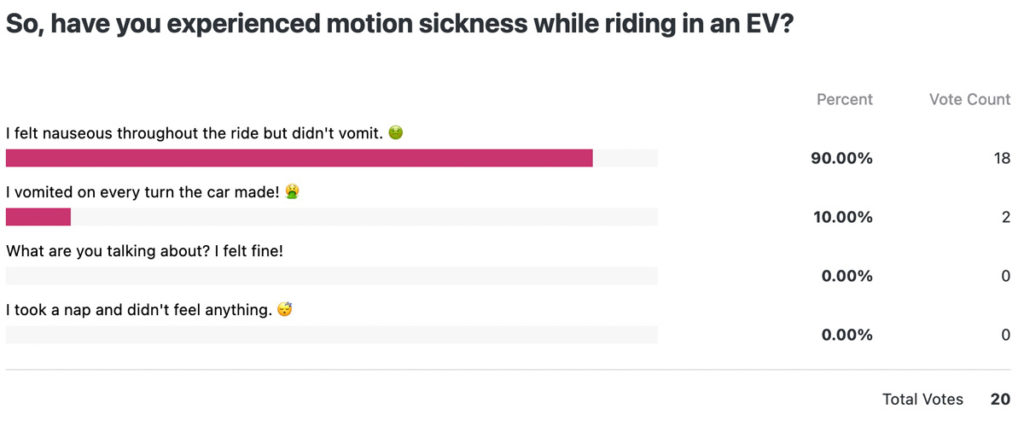
How Electric Car Manufacturers are Addressing the Issue of Motion Sickness in their Designs
Electric car manufacturers are addressing the issue of motion sickness in their designs by implementing various features to reduce symptoms. For example, some cars have adjustable suspension settings or specialized seating to reduce motion sickness.
Some autonomous vehicles have audio cues to alert the driver of sudden acceleration or sharp turns to reduce motion sickness symptoms.
In addition, regenerative braking systems in electric cars can slow down a fast-moving car in a matter of seconds, reducing sudden deceleration, which can cause upset stomachs. The lack of engine noise in electric cars can also help reduce travel sickness.
Many car manufacturers offer test drives of their electric cars, allowing potential buyers to experience the smooth ride and instant torque of electric vehicles, which can reduce the risk of motion sickness compared to internal combustion engine cars.
In addition, some cars have front seats that are more forward-facing to provide a better view of the road and reduce motion sickness.
Are Specific Age Groups More Susceptible to Motion Sickness in Electric Vehicles?
Mootion sickness can affect people of all ages, but some individuals may be more susceptible to it when they travel in an electric vehicles.
Children, especially those between the ages of 2 and 12, tend to be more likely to get motion sickness due to their developing sensory systems.
Additionally, older adults, particularly those over 50, may also experience increased susceptibility to motion sickness. This is because the sensory systems responsible for maintaining balance and spatial orientation tend to deteriorate with age.
However, it’s important to note that susceptibility to motion sickness can vary from person to person, regardless of age. So, while certain age groups may generally be more susceptible, it’s not a guarantee that everyone within that age range will experience motion sickness in a vehicle.
What Causes Tesla Motion Sickness?
Motion sickness in Tesla vehicles, like other electric vehicles, is primarily caused by a sensory mismatch between what your eyes see and what your inner ear senses. This discrepancy arises from the smooth and quiet operation of electric vehicles, including Tesla cars, which can be different from the traditional combustion engine vehicles we are accustomed to.
When you’re inside a Tesla car, the lack of vibrations and engine noise can trick your brain into thinking that you’re not moving, especially if you’re not actively looking out the window or feeling the physical sensation of acceleration. However, your inner ear, which helps maintain balance and orientation, can still detect the subtle changes in motion. This conflicting information between what your eyes perceive and what your inner ear senses can lead to feelings of discomfort, nausea, and dizziness—common symptoms of motion sickness.
Furthermore, the unique features of Tesla vehicles, such as their quick acceleration and regenerative braking, can contribute to motion sickness in some individuals. The rapid changes in speed and deceleration can be perceived differently by the body, further adding to the sensory mismatch.
It’s worth noting that not everyone experiences motion sickness in Tesla vehicles or electric cars in general. Different individuals have varying levels of susceptibility to motion sickness, influenced by factors like age, sensitivity to motion, and previous experiences.
However, if you’re prone to motion sickness or have experienced it in the past, it’s important to be aware that it can potentially occur in Tesla vehicles due to the specific characteristics of their design and operation.
Check out these 20 great gift ideas for yourself or a Tesla fanboy.
Contact Us if you have any questions or queries.



